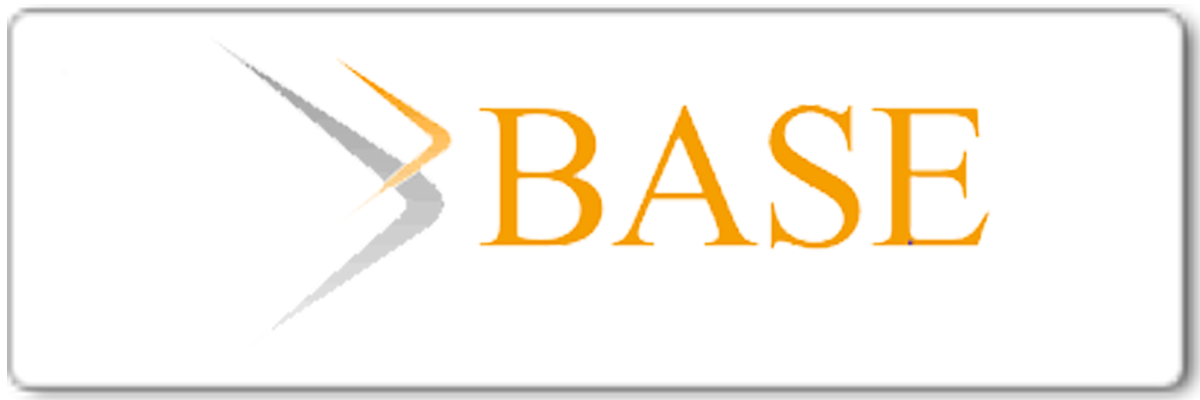A Development Design of Digital Story Conceptual Change-Oriented in Physics Subject
Abstract
Keywords
Full Text:
PDF (English)References
Suyono, S. (2014). Misconception Prevention of Senior High School Students on Chemistry Concepts Using Several Inquiry-Based. In Proceeding of International Conference on Research, Implementation and Education, pp. 105–112.
Azman, N. F., Alia, M., & Mohtarᵃ, L. E. (2013). The Level of Misconceptions on Force and Motion Among Physics Pre-service Teachers in UPSI (Doctoral dissertation, Universiti Teknologi Malaysia).
Halim, L., Yong, T. K., & Meerah, T. S. M. (2014). Overcoming students’ misconceptions on forces in equilibrium: An action research study. Creative Education, 5(11): 1032.
Hasmiati, H., Jamilah, J., & Mustami, M. K. (2017). Aktivitas dan Hasil Belajar Siswa Pada Pembelajaran Pertumbuhan dan Perkembangan Dengan Metode Praktikum. Jurnal Biotek, 5(1): 21-35.
Ginting, S. M., & Hermansyah, A. (2012). Penerapan Model Pembelajaran Somatis Auditori Visual dan Intelektual (SAVI) Berbantuan Media Komputer untuk Meningkatkan Kualitas Pembelajaran Kimia Fisika II. Exacta, 10(1): 98-105.
Vivitsou, M., Niemi, H., Wei, G., Kallunki, V., & Miao, R. (2017, October). Teachers’ practices to support student work in digital storytelling: A study on Finnish and Chinese school teachers’ experiences. In Seminar. net (Vol. 13, No. 2).
Batsila, M., & Tsihouridis, C. (2016). " Once upon a Time there was..." A Digital World for Junior High School Learners. International Journal of Emerging Technologies in Learning (iJET), 11(03): 42-50.
Prins, E. (2017). Digital storytelling in adult education and family literacy: A case study from rural Ireland. Learning, Media and Technology, 42(3): 308-323.
Maddine, E. (2014). Monitoring and Assessing Digital Story Projects in Middle Grades English Language Arts. Kentucky Journal of Excellence in College Teaching and Learning, 12(2014): 1.
Karaoglan Yilmaz, F. G., Özdemir, B. G., & Yasar, Z. (2018). Using digital stories to reduce misconceptions and mistakes about fractions: an action study. International Journal of Mathematical Education in Science and Technology, 49(6): 867-898.
Psomos, P., & Kordaki, M. (2015). A novel educational digital storytelling tool focusing on students misconceptions. Procedia-Social and Behavioral Sciences, 191: 82-86.
Alcantud Diaz, M. (2016). Digital Storytelling with Pre-Service Teachers. Raising Awareness for Refugees through ICTS in ESL Primary Classes. Digital Education Review, 30: 1-16.
Wang, S., & Zhan, H. (2010). Enhancing teaching and learning with digital storytelling. International Journal of Information and Communication Technology Education (IJICTE), 6(2): 76-87.
Zlatkin‐Troitschanskaia, O., Shavelson, R. J., Schmidt, S., & Beck, K. (2019). On the complementarity of holistic and analytic approaches to performance assessment scoring. British Journal of Educational Psychology.
Metruk, R. (2018). Comparing Holistic and Analytic Ways of Scoring in the Assessment of Speaking Skills. Journal of Teaching English for Specific and Academic Purposes, 6(1): 179-189.
Kotluk, N., & Kocakaya, S. (2016). Researching and evaluating digital storytelling as a distance education tool in physics instruction: An application with pre-service physics teachers. Turkish Online Journal of Distance Education, 17(1): 87-99.
Wartono, D. H., & Nilasari, & Batlolona, J. R. (2019). Real-virtual monte carlo simulation on impulse-momentum and collisions. Indonesian Journal of Electrical Engineering and Computer Science, 13(1): 7-14.
Lestariyana, R. P. D., & Widodo, H. P. (2018). Engaging young learners of English with digital stories: Learning to mean. Indonesian Journal of Applied Linguistics, 8(2): 489-495.
Mabruri, H., Ahmadi, F., & Suminar, T. (2019). The Development of Science Mobile Learning Media to Improve Primary Students Learning Achievements. Journal of Primary Education, 8(1): 108-116.
Cheng, M. M., & Chuang, H. H. (2019). Learning Processes for Digital Storytelling Scientific Imagination. EURASIA Journal of Mathematics, Science and Technology Education, 15, 2.
Choi, G. Y. (2018). Learning through digital storytelling: exploring entertainment techniques in lecture video. Educational Media International, 55(1): 49-63.
Özpinar, İ., Gökçe, S., & Yenmez, A. A. (2017). Effects of Digital Storytelling in Mathematics Instruction on Academic Achievement and Examination of Teacher-Student Opinions on the Process. Journal of Education and Training Studies, 5(10): 137-149.
Yildiz Durak, H. (2018). Digital story design activities used for teaching programming effect on learning of programming concepts, programming self‐efficacy, and participation and analysis of student experiences. Journal of Computer Assisted Learning, 34(6): 740-752.
Nassim, S. (2018). Digital Storytelling: An Active Learning Tool For Improving Students’language Skills. PUPIL: International Journal of Teaching, Education and Learning, 2(1).
Hussain, H., & Shiratuddin, N. (2016, August). The digital storytelling process: A comparative analysis from various experts. In AIP Conference Proceedings (Vol. 1761, No. 1, p. 020044). AIP Publishing.
DOI: http://dx.doi.org/10.26737/jipf.v4i2.1153
Refbacks
- There are currently no refbacks.
Copyright (c) 2019 Yudi Kurniawan, Riski Muliyani

This work is licensed under a Creative Commons Attribution-NonCommercial 4.0 International License.
Publisher
Institute of Managing and Publishing of Scientific Journals
STKIP Singkawang
Jl. STKIP, Kelurahan Naram, Kecamatan Singkawang Utara, Kota Singkawang, Kalimantan Barat, Indonesia
Website: http://journal.stkipsingkawang.ac.id/index.php/JIPF
Email: [email protected]
JIPF Indexed by:
Copyright (c) JIPF (Jurnal Ilmu Pendidikan Fisika)
ISSN 2477-8451 (Online) and ISSN 2477-5959 (Print)































